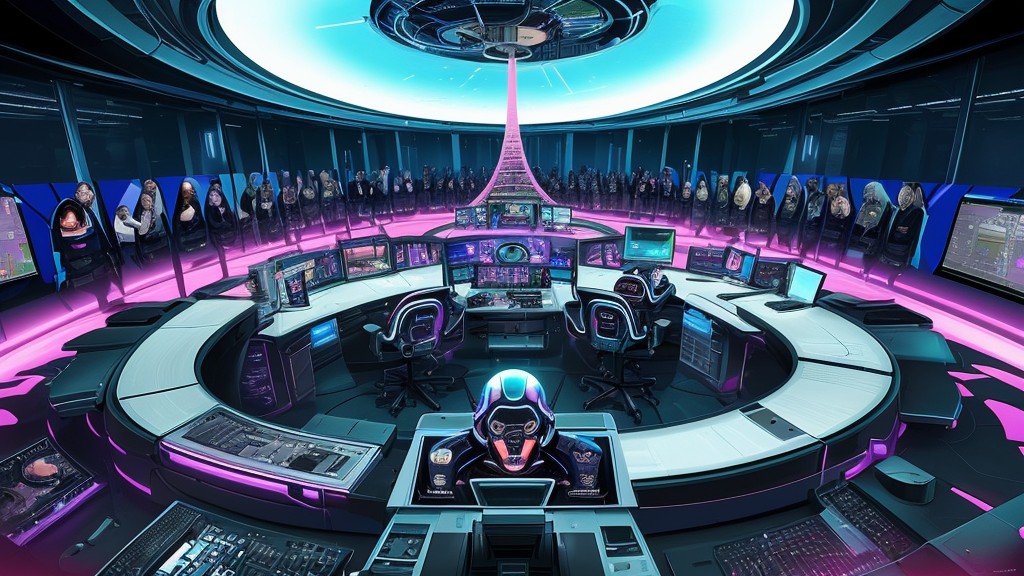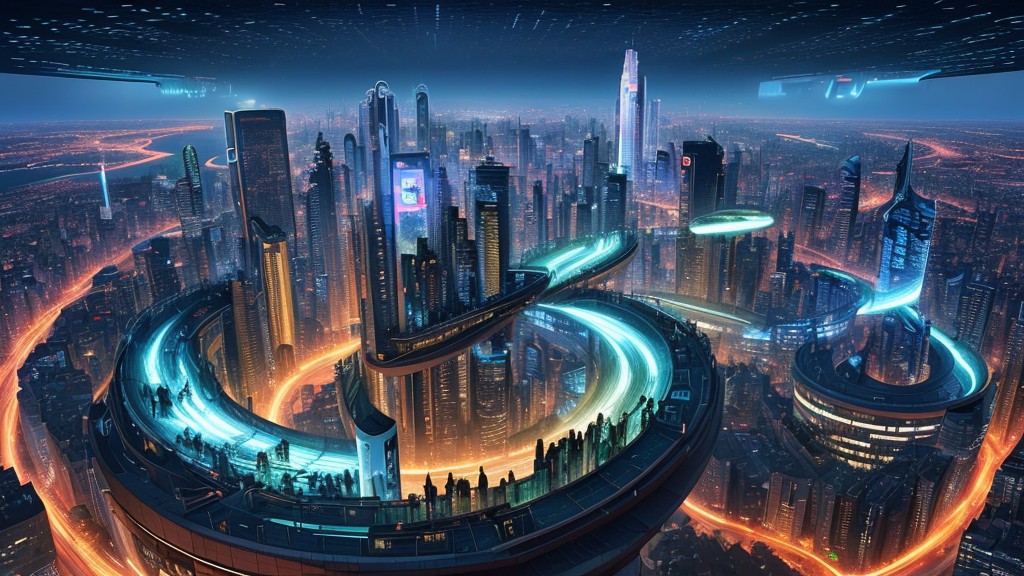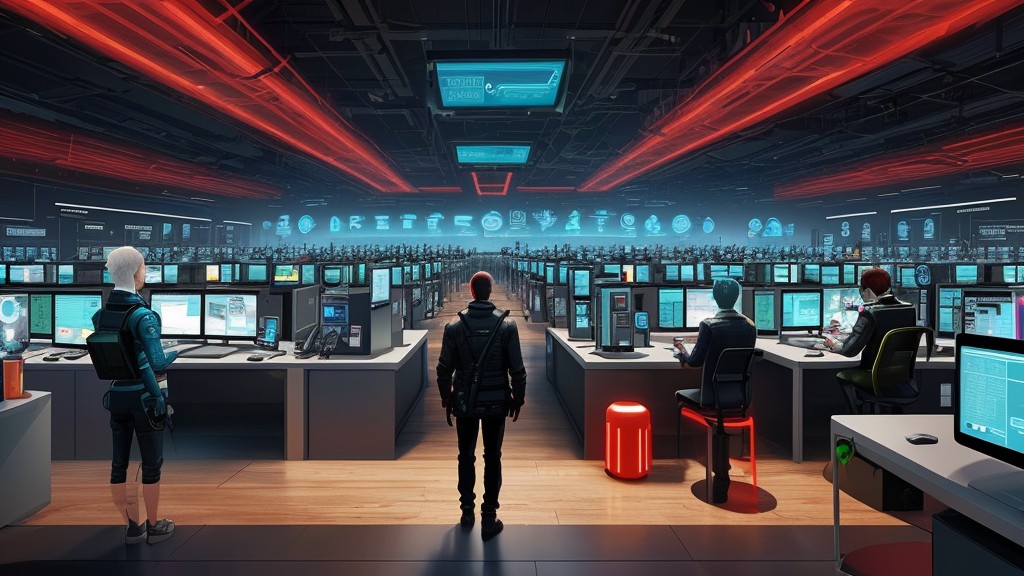
Embracing the Future of Work with Microsoft’s AI Innovations

Embracing the Future of Work with Microsoft’s AI Innovations
In the rapidly evolving digital landscape, where boundaries are increasingly blurred and potential is limitless, we are on the cusp of a seismic shift in the way we perceive and undertake our daily tasks. Microsoft’s recent AI-driven innovations epitomize this movement, and at RediMinds, we are buzzing with excitement about the future of work.
A Renaissance in Workflow
Microsoft’s seamless transformation tools, capable of converting documents into rich presentations and intuitive graphics, signal more than just an upgrade—it’s a paradigm shift. As we move from static data presentation to dynamic visual insights, the essence of our work transcends mere execution. It evolves into a more profound understanding and appreciation of the content we create and interact with. In essence, it’s not just about ‘doing’ anymore; it’s about ‘understanding.’
365 Copilot: The AI-driven Assistant
Imagine a world where your digital assistant doesn’t merely remind you of tasks but profoundly understands your work’s intricacies and priorities. With Microsoft’s 365 Copilot, this isn’t a futuristic dream—it’s today’s reality. This tool represents a revolutionary approach to daily task management. It begs the question: How will our day-to-day work morph when AI is not just aiding but also deeply comprehending our professional journey?
Reimagining Meetings and Learning
As we look at the panorama of conventional work practices, one can’t help but ponder the fate of regular meetings and classes. With the innovative “Following” feature in Microsoft Teams, is the age-old ritual of attending hour-long meetings nearing its end? The allure of simply “following” a meeting and later interacting with an AI summary for context seems transformative. This could drastically change the way we consume information, making it more efficient and tailored.
Towards an Inspired Future
At RediMinds, we’re not just spectators; we are enablers and pioneers, dedicated to harnessing these AI-driven innovations to craft the future. As we stand at the intersection of technology and possibility, it’s invigorating to envision a world where our tasks become more meaningful, our interactions more insightful, and our productivity boundless.
The rapid evolution we’re witnessing is nothing short of marvelous. It beckons us to not just adapt but to innovate, dream, and redefine the horizons of what’s possible.
In these transformative times, we pose a question to our esteemed community: As AI becomes more interwoven into our professional tapestry, how do you see your work rituals evolving? Share your visions, aspirations, and thoughts, and let’s journey into this brave new world, together.




